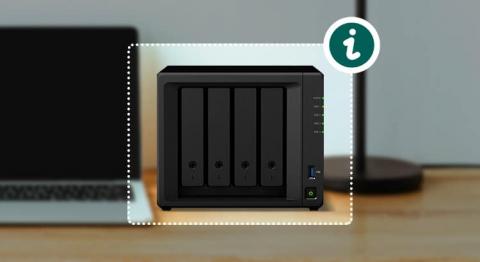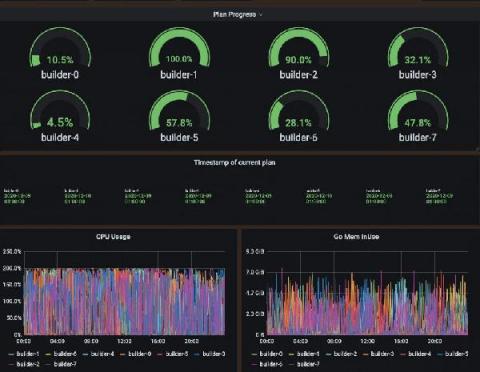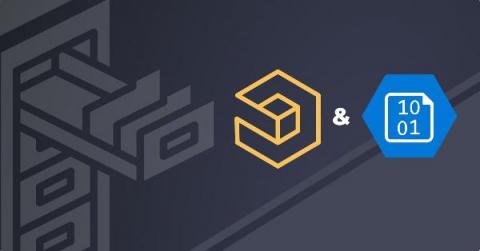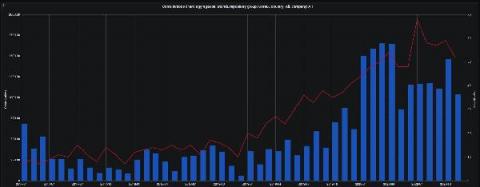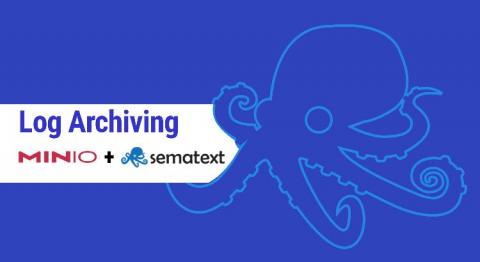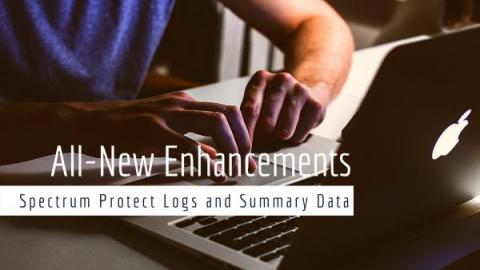Operations | Monitoring | ITSM | DevOps | Cloud
Storage
Do Edge Applications Need Stateful Storage?
Kubernetes applications are increasingly making their way to the edge and embedded computing. Storage will quickly follow as the applications that rely on this edge infrastructure become more advanced and naturally carry more state. According to a study by McKinsey and Company, a “connected car” processes up to 25GB of data per hour.
What is a NAS server and what is it for?
Storage devices for networking, or NAS servers are in good health. And no wonder, since we have increasingly more data to save and more need to use them from different locations. Traditionally, NAS servers have been considered a cheaper (and also more limited) alternative to other types of servers. However, NAS servers can also be used to carry out different tasks. But before we get into that, how about we find out more about what a NAS server is?
How we live-migrated massive Cortex clusters to blocks storage with zero impact to Grafana Cloud customers
January 20, 15:01 UTC. I was sitting in my home office, watching the screen and feeling a mix of emotion and nostalgia as a pod was getting terminated. We have thousands of pods, continuously starting and terminating, and I’m definitely not spending my days watching them, so why was this one special? The terminating ingester-0 pod was the very last Cortex ingester running on chunks storage in Grafana Labs’ infrastructure.
Multi-Cloud Archive & Restore: Azure Blob Storage and AWS S3 Support
Logz.io has recently launched its Smart Tiering solution, which gives you the flexibility to place data on different tiers to optimize cost, performance and availability. Our mission has been to make Smart Tiering a multi-cloud and multi-region service. As part of this launch, we are glad to announce that the Historical Tier now supports Microsoft Azure Blob Storage, alongside AWS S3.
Cortex 2020 year in review
2020 is coming to an end, and we can definitely say it was an amazing year for Cortex. Dare I say, it has been the best year so far! It was a year filled with huge milestones for the project. We released the first major version 1.0.0 back in April, along with introducing some versioning rules to avoid breaking changes to our users.
How to get the size of all your Azure Storage Accounts
Do you really ever know how much Azure Storage you are consuming or how many Azure Storage Blobs you have in each of your Storage Accounts? Perhaps you just need an overview of your Azure Storage Account Consumption, including things like the number of Blobs per storage account, Number of Containers, and the Azure Blob Storage Capacity used. All this information is quite easy to gather from one of the several reports available in Cloud Storage Manager.
Introducing MinIO Support in Sematext
Sematext Logs is a Log Management-as-a-service. Think of it as your own central location for logs in the cloud. If you prefer or need to keep logs in your own environment instead of shipping it to the cloud Sematext Enterprise, designed to run on your own infrastructure, makes that possible. You can collect logs from any part of your software stack or infrastructure, IoT devices, network hardware, and much more.
Galileo Enhancements: Spectrum Protect Logs and Summary Data
What is Cloud-Native Storage?
Cloud-native is the ultimate buzzword lately. So, is “cloud-native storage” just an attempt to grab on to this concept, hoping for a little boost? Actually, there is something more to it, and I’ll unpack that here. The premise of cloud-native storage is simple: its native habitat is a Kubernetes cluster. When we design with the assumption that a technology will exist in Kubernetes, we get to look around and see what functionalities already exist in that system.




